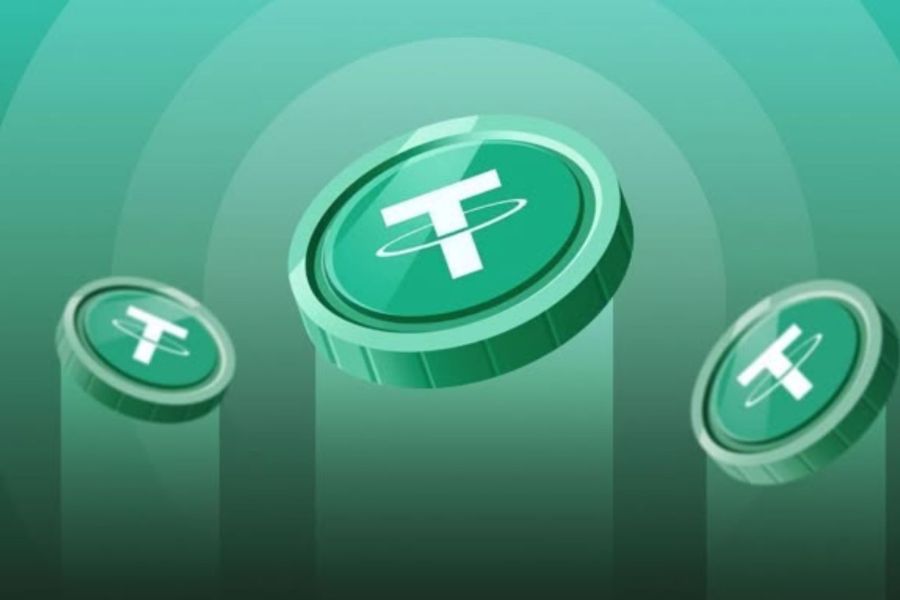In an increasingly digital environment, protecting your crypto assets is not optional—it’s essential. As the market evolves and expands, so do the threats, regulations, and opportunities to safeguard your investments. In this article, we explore the best security practices in 2025 and the most relevant regulatory frameworks to keep your cryptocurrencies safe.
The New Crypto Landscape in 2025
Since the boom of 2020, the crypto ecosystem has matured significantly. In 2025, we’re no longer just talking about Bitcoin and Ethereum, but a digital economy that includes stablecoins, asset tokenization, DeFi, NFTs, and CBDCs. With this expansion, users face new challenges: more sophisticated cyberattacks, AI-powered scams, and regulatory gaps that could put their funds at risk.
Major Current Threats
AI Phishing and Deepfakes
Artificial intelligence has been used to create fake emails, messages, and videos impersonating trusted platforms or people. These attacks are increasingly hard to detect and can compromise private keys.
Crypto-Focused Malware
Trojans and keyloggers designed to steal wallet info or intercept transactions are on the rise.
Social Media Scams and Fraudulent Projects
Platforms like Telegram, X (Twitter), TikTok, or Discord are filled with schemes offering high returns, fake airdrops, or non-existent presales.
Best Security Practices in 2025
1. Use Cold Wallets
Hardware wallets like Ledger, Trezor, or Keystone remain the safest way to store crypto long-term, avoiding constant internet exposure and minimizing hack risks.
2. Enable Multi-Factor Authentication (MFA)
Ensure every account linked to your assets (exchanges, wallets, emails) has MFA enabled. Apps like Authy or Yubikey are now preferred over SMS.
3. Verify Links and Smart Contracts
Always check the origin of any smart contract before interacting. Use blockchain explorers and platforms like DeFiSafety or TokenSniffer to validate projects.
4. Seed Phrase and Key Management
Never store seed phrases in your email, cloud, or unencrypted computer. Use physical devices or water/fire-resistant paper storage.
5. Ongoing Education
The best defense is staying informed. Join trusted communities, follow official channels, and stay updated on emerging threats and regulations.
The Evolution of Crypto Regulation in 2025
Regulation is no longer a threat to the ecosystem—it’s a tool for legitimacy. In 2025, multiple regions have clear frameworks for the use, exchange, and custody of digital assets.
European Union – MiCA (Markets in Crypto-Assets)
Now being implemented, MiCA aims to protect consumers and stabilize the market. Companies operating in Europe must be licensed and follow clear custody policies.
Latin America
Countries like Brazil, Colombia, and Mexico have made significant progress in regulating exchanges and enabling crypto payments, offering users more legal certainty.
United States
The SEC and CFTC continue to debate which assets qualify as securities. Although the landscape remains fragmented, a clearer federal law is expected soon.
What Do These Regulations Mean for You?
- Greater consumer protection: exchanges must comply with custody and transparency standards.
- Clear tax implications: you must report and pay taxes on crypto operations according to your jurisdiction.
- Access to regulated financial products: like crypto ETFs, legally backed DeFi loans, or wallet insurance.
Security and Regulation: Your Best Allies
In 2025, protecting your crypto isn’t just about using a secure wallet—it’s about adopting a proactive mindset, understanding real risks, and leveraging regulatory environments to operate confidently. The rules of the game have changed, but for the better. Those who adapt, educate themselves, and act responsibly won’t just safeguard their assets—they’ll be ready to seize the opportunities of the new digital financial world.





